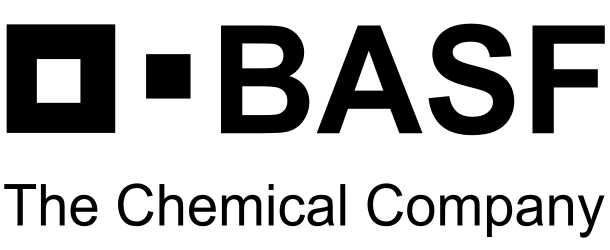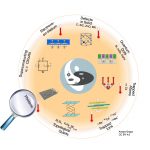BASF collaborates with Pasqal on weather modeling and more

Pasqal, the developer of neutral-atoms quantum processors, announced a partnership with Germany’s BASF, the world’s largest chemical company, to explore how Pasqal’s proprietary quantum algorithms could be used on weather-related projects and other computational fluid dynamics applications.
According to Pasqal, BASF already has begun in an initial two-year phase of the project, to look at how its algorithms eventually could be used to predict weather patterns, work which also can be fed back into Pasqal’s efforts to work on and support climate modeling.
Benno Broer, Chief Commercial Officer at Pasqal told IQT News via email, “Concretely this project aims to parameterize (tailor, make application specific), implement (run) and test (benchmark) Pasqal’s proprietary family of quantum algorithms for solving differential equations: the so-called Differentiable Quantum Circuits (DQC) family of algorithms (see, for instance https://arxiv.org/abs/2011.10395) to the problem of prediction weather patterns. Part of the research will also focus on a neutral-atoms specific analog-digital way of implementing the DQC family of algorithms.
According to Hyperion Research, 5% of global high performance computing investments are focused on weather modeling, and numerous non-linear differential equations need to be solved on physics-based weather models, as they can involve a complex array of data on winds, heat transfer, solar radiation, relative humidity, terrain topology, and many other parameters.
BASF uses parameters generated by the weather models to simulate crop yields and growth stages as well as to predict drift when applying crop protection products. They also form the basis of BASF’s digital farming product portfolio including xarvio FIELD MANAGER, an advanced crop optimization platform.
“Pasqal’s quantum solutions are ideal for simplifying BASF’s complex computational simulations once quantum hardware matures to a point where we can actually leverage these algorithms,” said Dr. John Manobianco, Senior Weather Modeler at BASF’s Agricultural Solutions division. “Leveraging Pasqal’s innovation for weather modeling validates quantum computing’s ability to go beyond what can be achieved with classical high-performance computing. Such transformational technology can help us prepare for climate change impacts and drive progress toward a more sustainable future.”
The work that Pasqal and BASF announced this week seems particularly pertinent in light of record heat that currently tearing is across Europe. Asked what quantum computing could bring to the climate change fight in the short-term, Broer explained, “Firstly, the important problem of climate change is unlikely to be mitigated without significant changes to human behavior. However, at Pasqal we believe that technological progress could make a significant positive contribution, so that the required behavioral change remains acceptable and manageable. The key contribution of quantum to mitigating climate change is expected from its ability to enhance the performance of ‘digital twin’ type computer simulations which are quickly becoming a cornerstone of modern R&D.”
Broer continued, “Accurate ‘digital twins’ are one the most effective enabling tools to speed-up R&D into sustainable new technologies. Pasqal expects that our proprietary quantum methods to solve differential equations (like those employed in the BASF collaboration) are promising candidates for showcasing early quantum advantage as soon as 2024, although it is hard to predict when we will see quantum advantage for the specific application of weather or climate modeling (this is part of the scope of research in the collaboration with BASF).”
Aside from the work BASF is doing, another company working on digital twin technology for climate modeling is Nvidia, which has started building an AI supercomputer to create a digital twin of the entire Earth called Earth 2. Broer said such digital twins currently “are implemented through high-performance computational (HPC) workflows, which, today, are executed by single thread classical CPUs or parallel computing employing GPUs. For the HPC applications of the future, it is likely that more diverse computational resources will be needed to handle all steps efficiently and effectively. We foresee a long-term future where each step in a HPC workflow is executed by a specialized type of computing hardware, which is best equipped to solve the specific mathematical problem to be solved in that step. And for certain steps of the future HPC workflow, quantum will be best equipped. So, quantum will become part of a diverse and hybrid HPC future workflow.”
Dan O’Shea has covered telecommunications and related topics including semiconductors, sensors, retail systems, digital payments and quantum computing/technology for over 25 years.

























